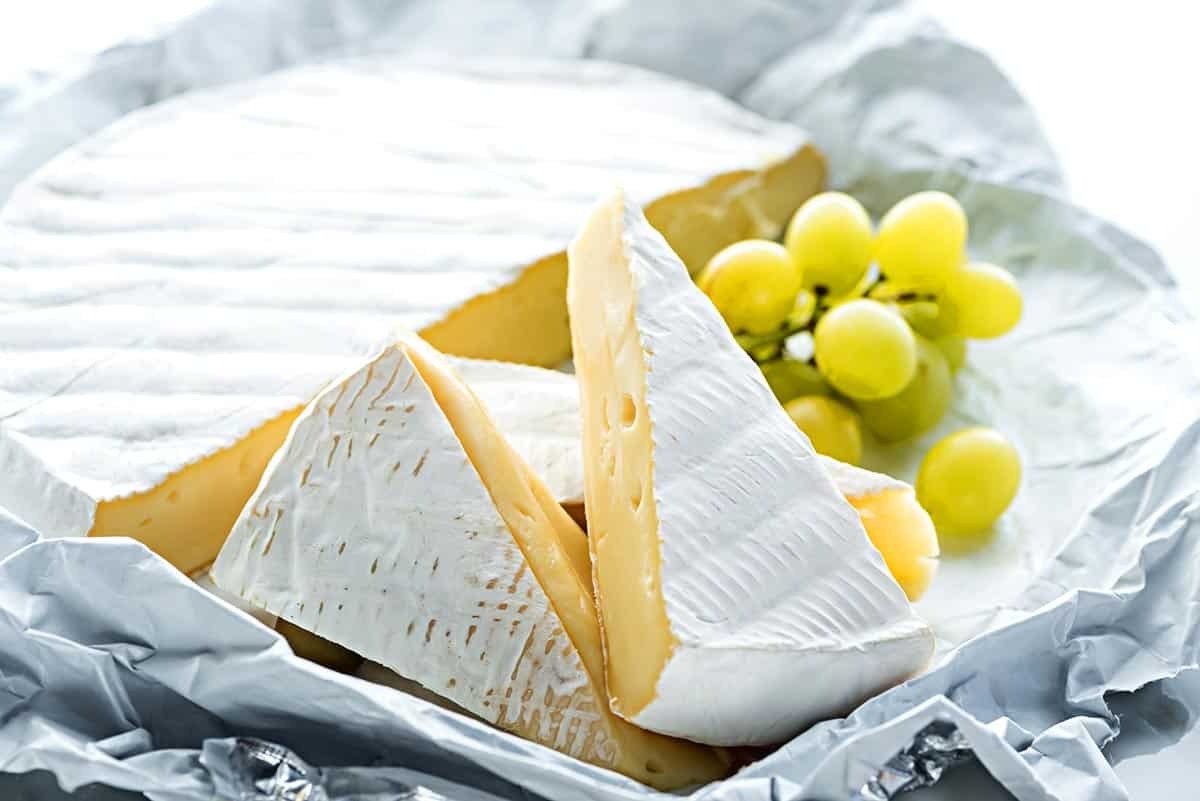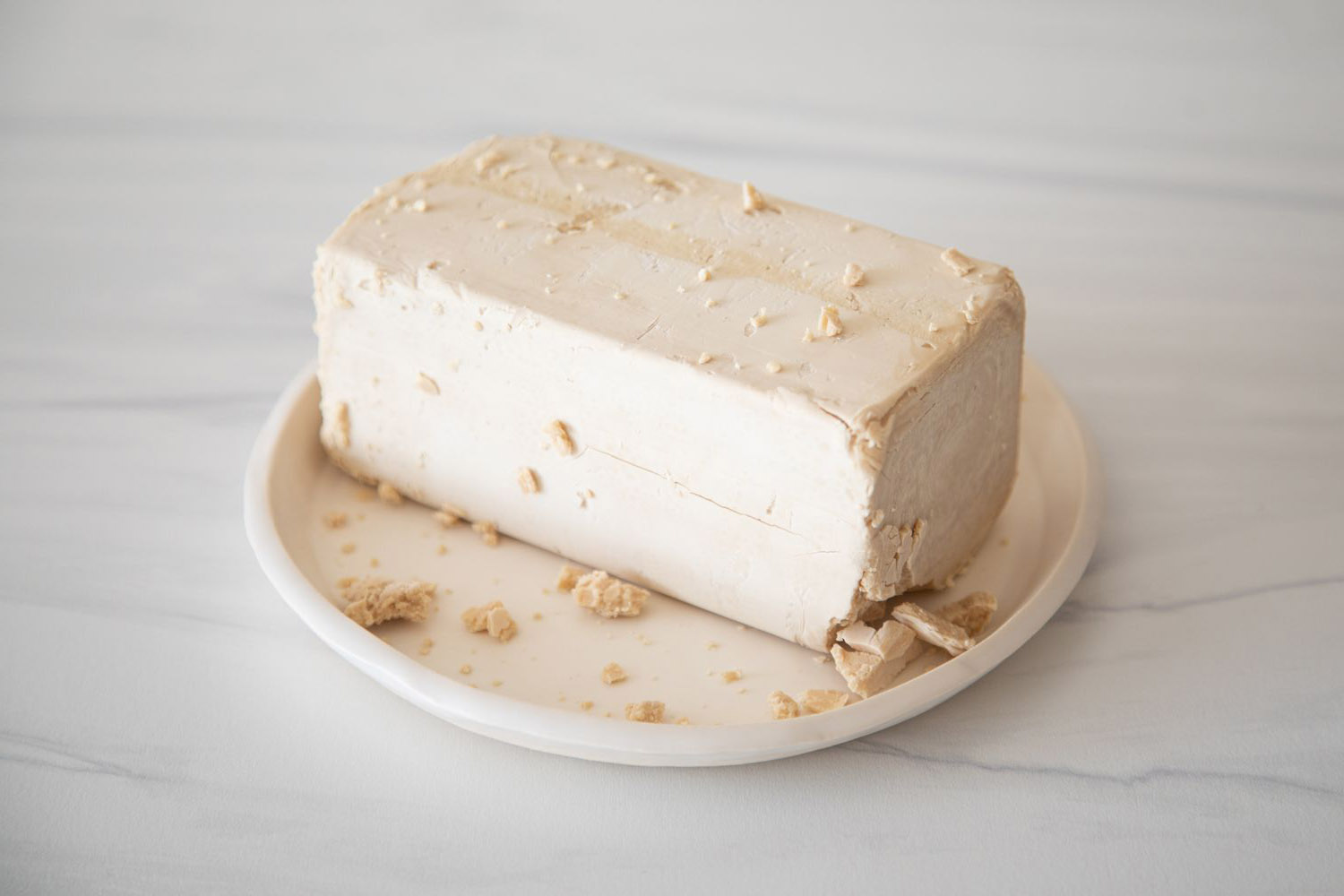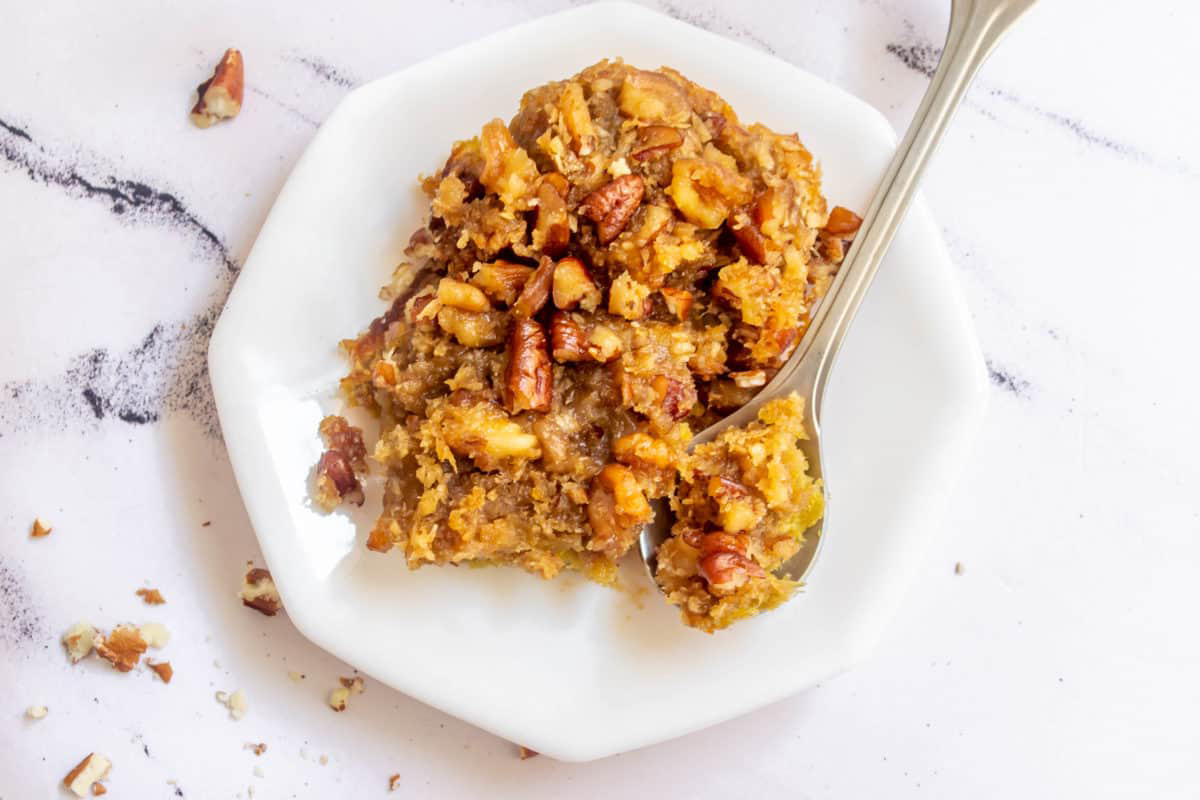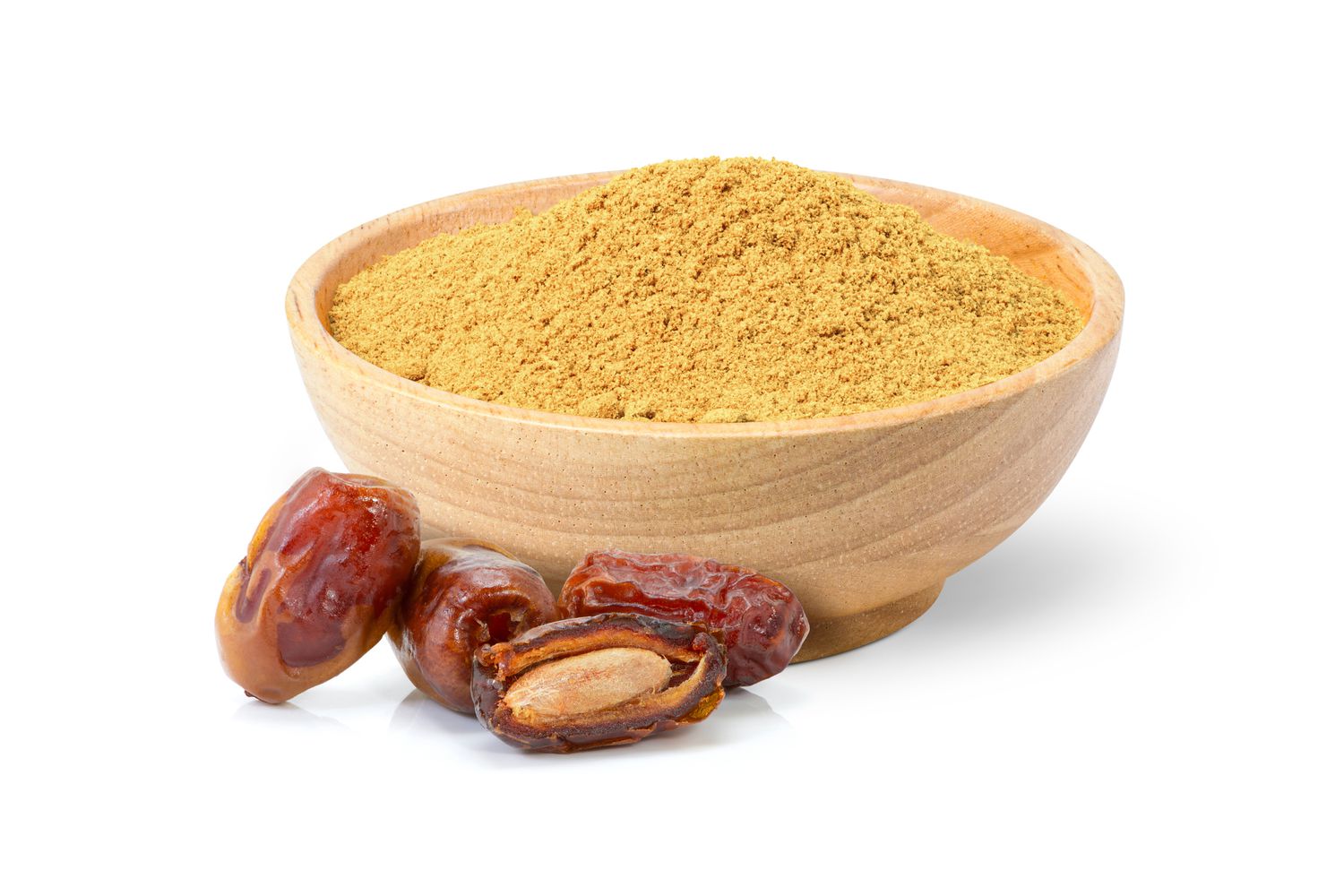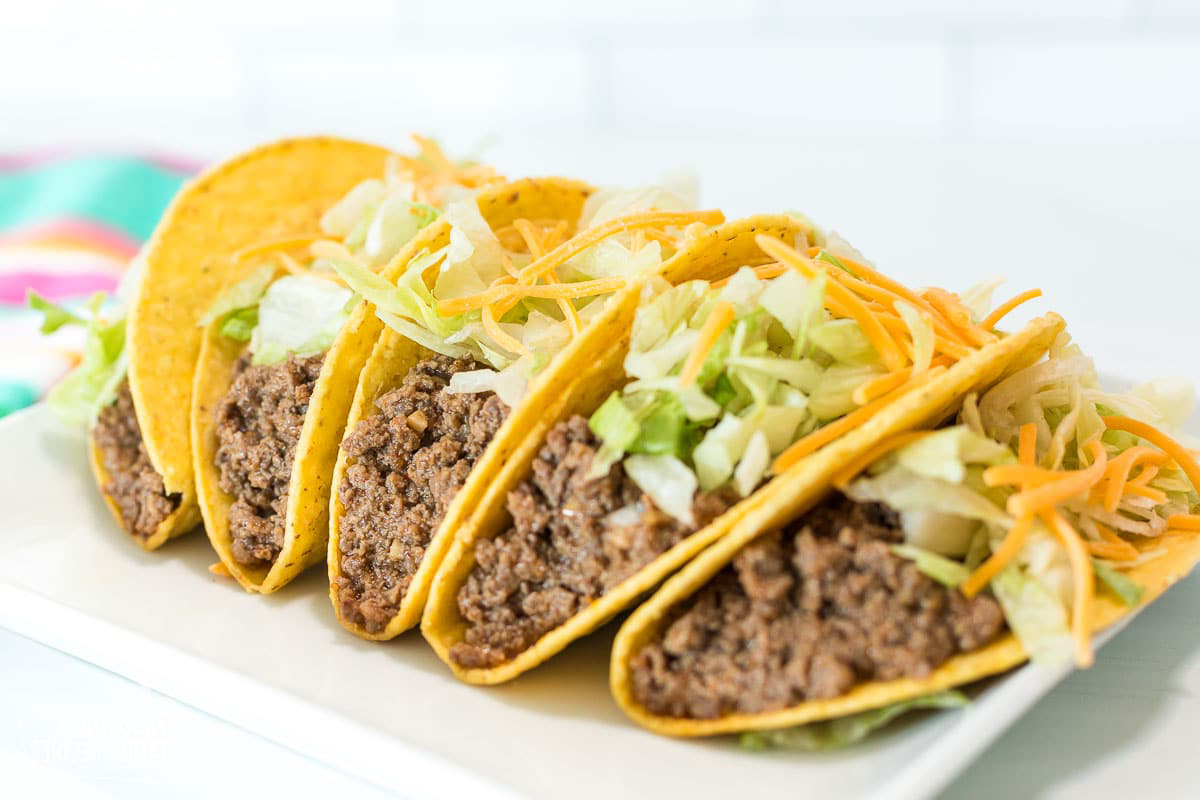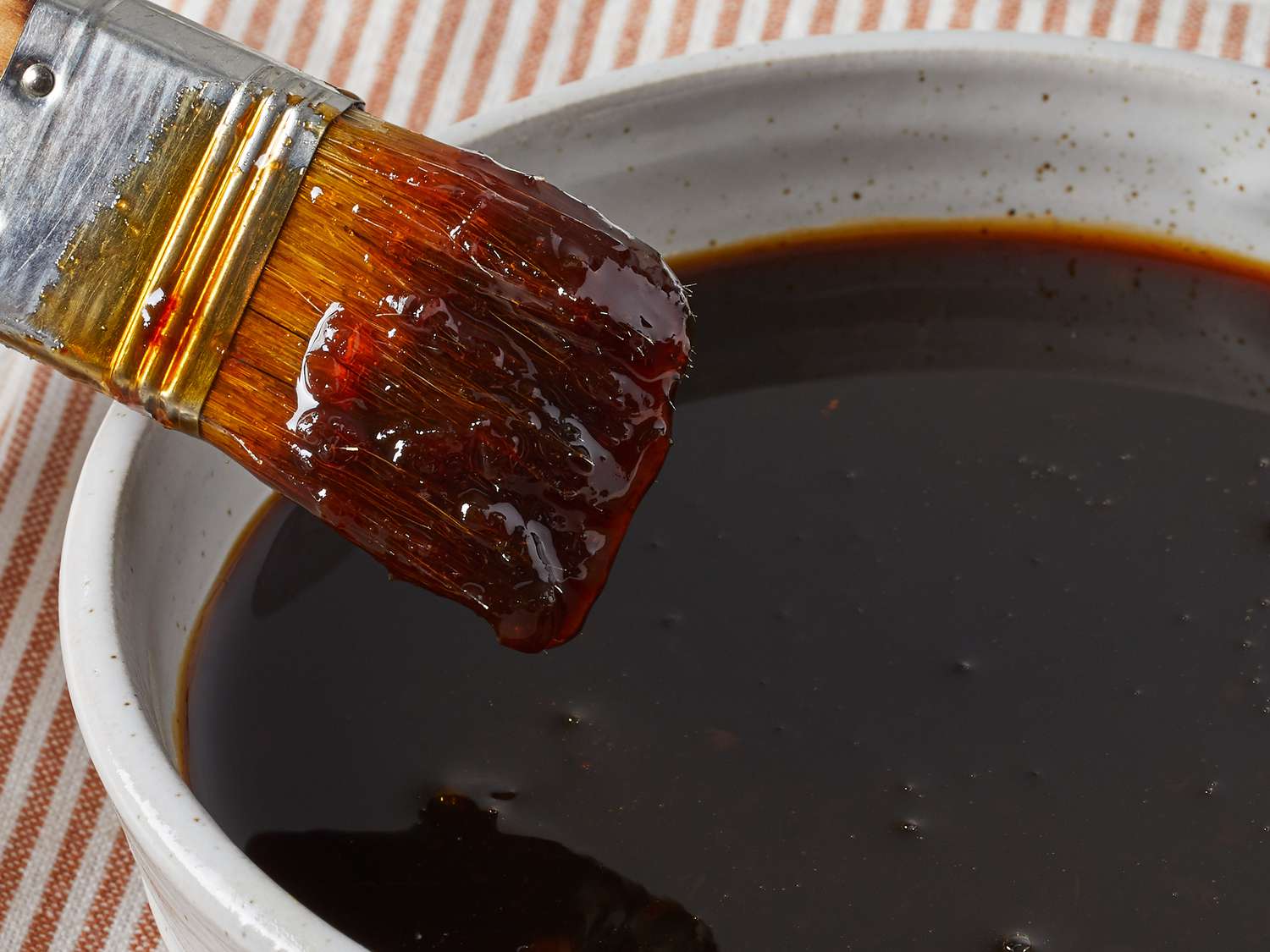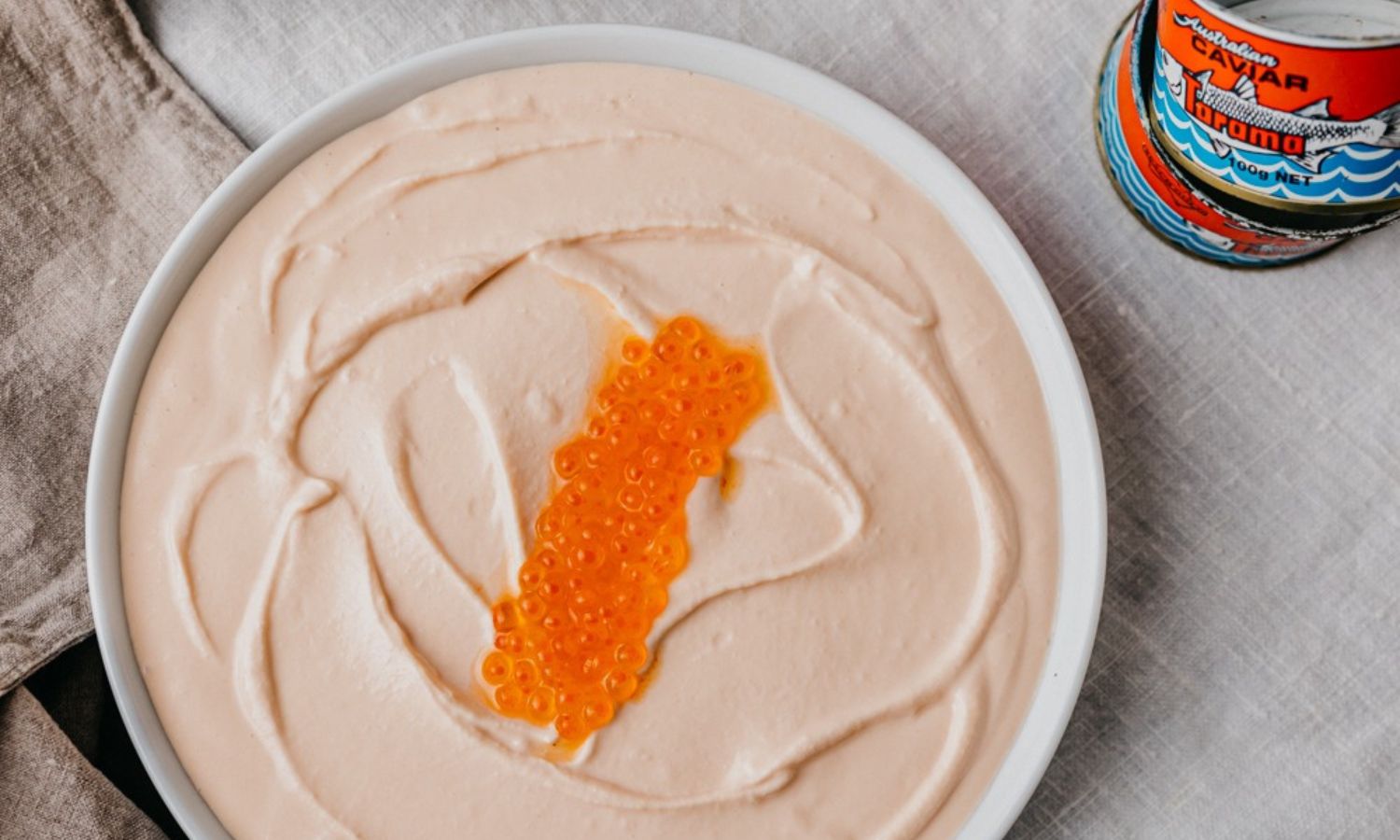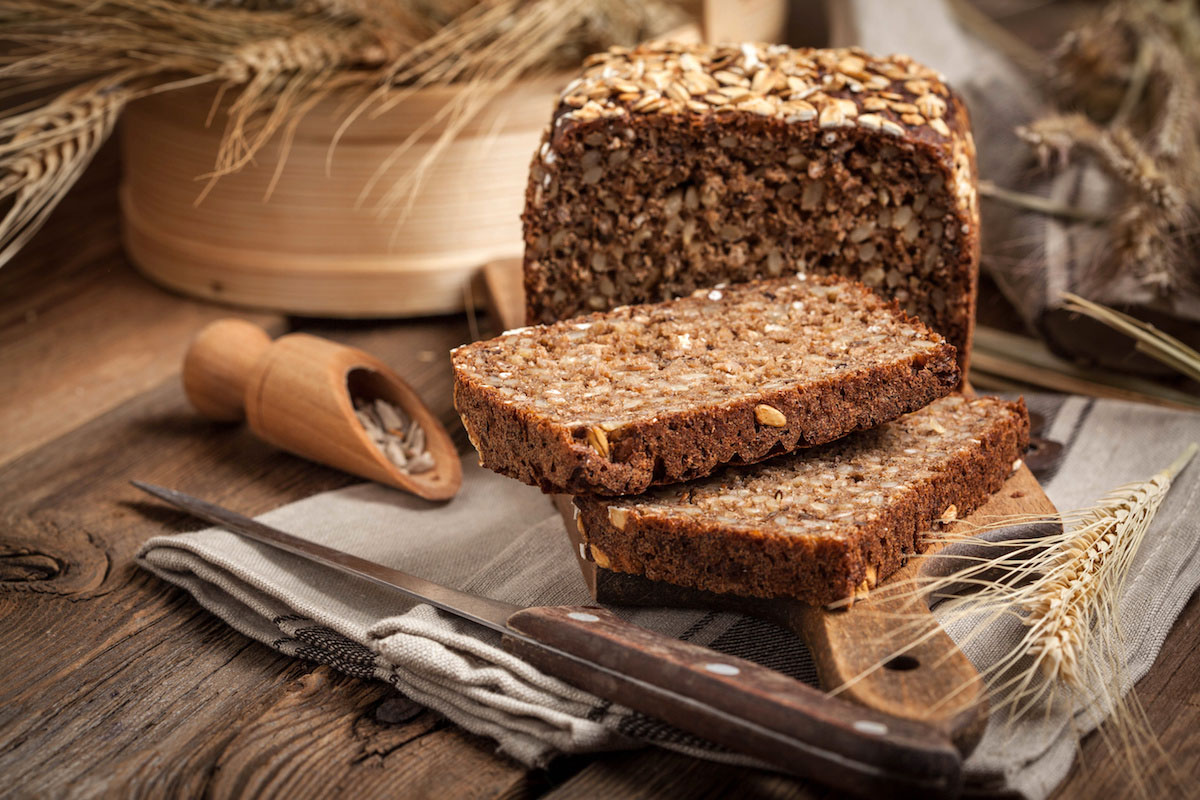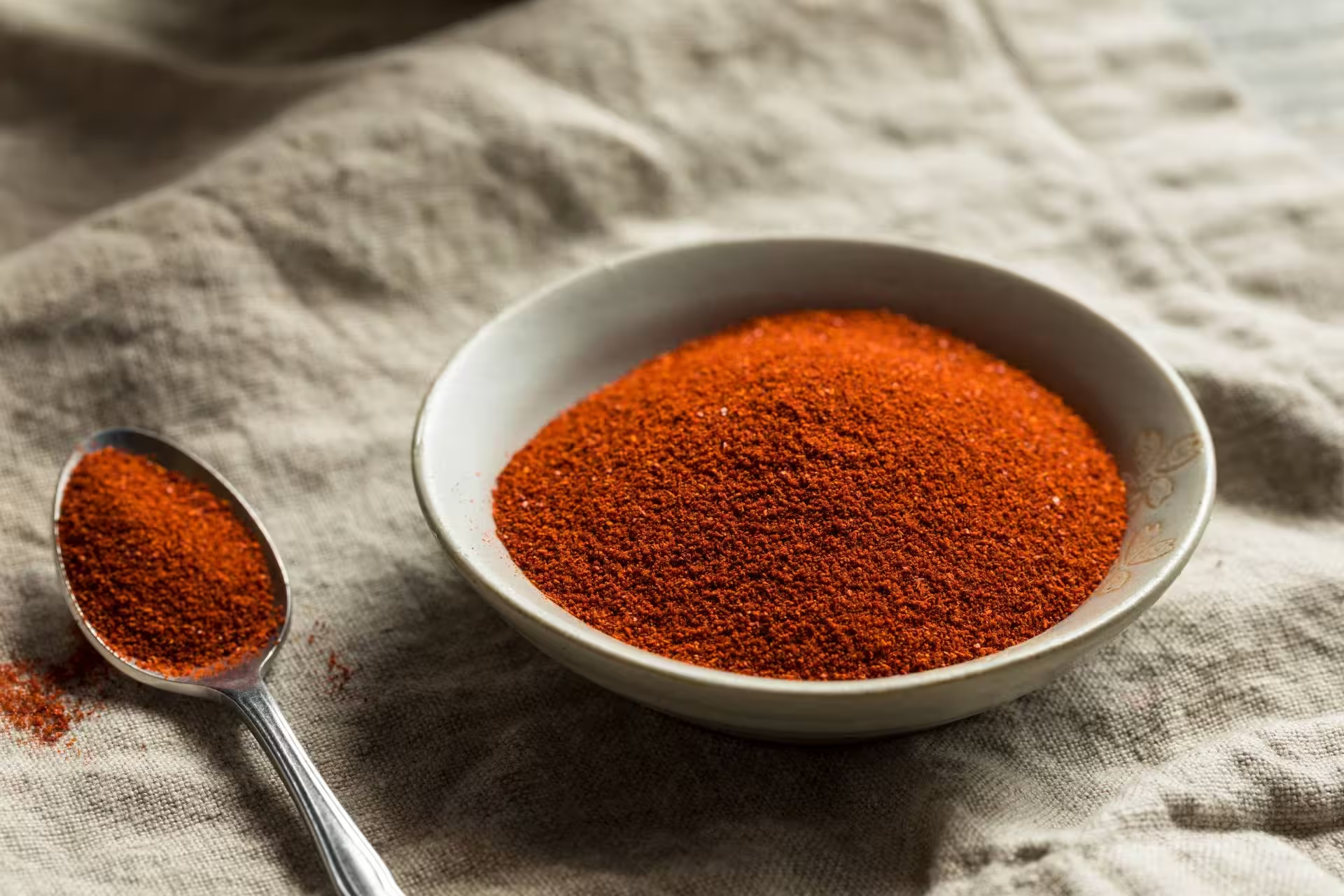Discovering the Delightful Ciabatta Bread
When it comes to bread, there are countless varieties to choose from, each with its own unique flavor and texture. One such bread that has gained popularity in recent years is ciabatta. But what exactly is ciabatta, and what sets it apart from other types of bread?
Ciabatta is an Italian bread that is known for its chewy texture and porous crumb. It is characterized by its irregular shape and rustic appearance, making it a visually appealing addition to any bread basket. The name “ciabatta” translates to “slipper” in Italian, a nod to the bread’s flat, elongated shape that resembles a slipper.
The Origins of Ciabatta
Ciabatta bread originated in Italy, specifically in the Veneto region. It is believed to have been created by a baker in response to the increasing popularity of French baguettes. The baker sought to develop a bread that would appeal to Italian consumers and offer a unique alternative to the traditional round loaves that were commonly consumed in the country.
One of the defining characteristics of ciabatta is its use of a high hydration dough, which gives the bread its distinctive large air bubbles and open crumb structure. This results in a light and airy interior with a crisp crust, making it a versatile choice for sandwiches, bruschetta, and as an accompaniment to soups and salads.
Key Features of Ciabatta Bread
What sets ciabatta apart from other types of bread is its unique characteristics:
- Chewy Texture: Ciabatta has a chewy and elastic texture, making it a satisfying bread to bite into.
- Irregular Shape: The rustic, elongated shape of ciabatta sets it apart from traditional round loaves.
- High Hydration Dough: The use of a high hydration dough results in a light and airy crumb with large air pockets.
- Versatility: Ciabatta is a versatile bread that can be used for sandwiches, paninis, and as a base for bruschetta.
How to Enjoy Ciabatta
There are numerous ways to enjoy ciabatta, thanks to its versatility and delicious flavor. Here are a few ideas to make the most of this delightful bread:
- Ciabatta Sandwiches: Use ciabatta to create delicious sandwiches filled with your favorite meats, cheeses, and vegetables.
- Bruschetta: Toast slices of ciabatta and top them with fresh tomatoes, basil, and olive oil for a delightful bruschetta appetizer.
- Panini: Grill ciabatta with your choice of fillings to create a satisfying and flavorful panini.
- Dipping Bread: Serve slices of ciabatta alongside a bowl of olive oil and balsamic vinegar for a simple yet delicious appetizer.
In Conclusion
Ciabatta is a beloved Italian bread known for its chewy texture, irregular shape, and versatility. Whether used for sandwiches, bruschetta, or paninis, ciabatta adds a delightful touch to any meal. Its unique characteristics and delicious flavor make it a popular choice for bread enthusiasts around the world. So, the next time you’re looking for a bread that stands out from the rest, consider picking up a loaf of ciabatta and savoring its delightful taste and texture.
Was this page helpful?
Read Next: What Is The Best Carbon Steel Pan
